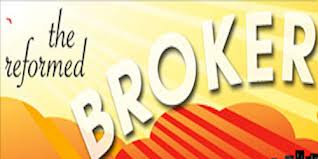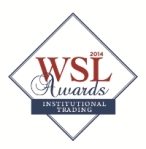Below excerpts courtesy of “Quigley’s Corner”, a daily summary of debt capital market activity from Mischler Financial Group’s Ron Quigley
On the “Backpedal”, “Reverse”, “Renege”, “U-Turn”, “About-Face”…………and the FED
The week’s biggest data point belongs to the release of today’s FOMC Minutes. Here are the major talking points:
o Several Fed officials said “forecasts overstated the pace of rate increases.”
o The FOMC minutes did not mention a “rate rise six months after the end of QE.”
o Most FOMC participants saw inflation rising to the 2% Fed goal.
o Minutes revealed “slack” persisting in the Labor market and a gradual decline in unemployment.
o A continued housing recovery was sighted..
o Several members identified trends that pose financial stability risks.
So, what’s it all mean? Great question, simple answer:







 Extract courtesy of 11 March story from BloombergBusinessweek reporter Gabrielle Coppola
Extract courtesy of 11 March story from BloombergBusinessweek reporter Gabrielle Coppola


